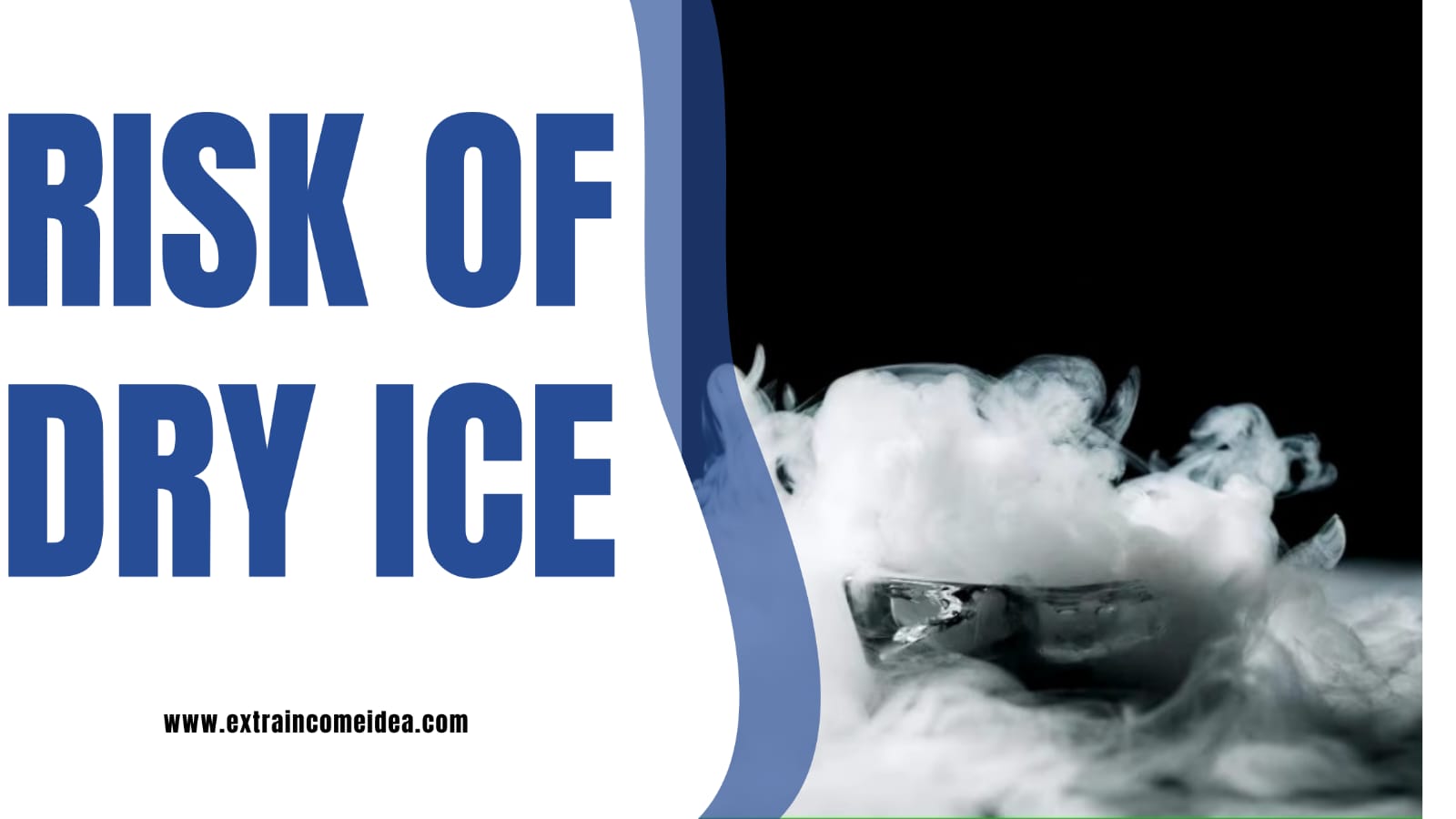Exploring the Versatility and Risks of Dry Ice:
What is dry ice?
Dry ice, the solid form of carbon dioxide (CO2), is known for its unique properties. Unlike regular ice, dry ice sublimates directly from a solid to a gas without melting, occurring at temperatures below -78.5°C (-109.3°F). This distinctive characteristic makes it a preferred cooling agent in various industries like food preservation, shipping, and scientific research. Additionally, it’s utilized for special effects in stage productions and events, creating dramatic fog effects. However, handling dry ice requires caution as direct contact with bare skin can cause frostbite or burns.
How is dry ice made?
Dry ice is manufactured through compression and cooling techniques. Carbon dioxide gas (CO2) is compressed and cooled until it solidifies at the required low temperature. The resulting dry ice is then shaped into blocks or pellets for commercial use.
Dry ice is used for various purposes, including:
- Food Preservation: It’s commonly used to keep perishable items fresh during transportation or storage, especially frozen foods.
- Shipping: Dry ice helps maintain cold or frozen temperatures when shipping sensitive materials like medical supplies, biological samples, or food products.
- Special Effects: In entertainment industries, dry ice creates captivating fog or smoke effects, enhancing stage productions, concerts, and movies.
- Carbonation: Dry ice is used to carbonate beverages such as soda or beer, adding a bubbly texture.
- Cleaning: Dry ice blasting, employing compressed air to propel dry ice pellets at high speeds, effectively cleans surfaces by removing dirt and contaminants.
- Medical Procedures: In procedures like cryotherapy, dry ice is utilized to freeze and remove abnormal tissue.
- Pest Control: Dry ice can exterminate pests like mosquitoes or bed bugs by emitting carbon dioxide gas, suffocating them.
Dry ice is dangerous for humans?
Despite its versatility, dry ice poses risks if mishandled. Direct skin contact can cause frostbite or burns, and the sublimation process releases carbon dioxide gas, which in confined spaces may displace oxygen, leading to asphyxiation.
What happens if you eat dry ice?
Ingesting dry ice can result in severe health complications, including frostbite or burns to the mouth, esophagus, and digestive tract. Additionally, carbon dioxide gas release can cause internal injuries such as gas buildup or respiratory issues, making ingestion highly dangerous and potentially life-threatening. Immediate medical attention is necessary if someone ingests dry ice.

